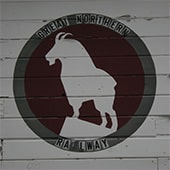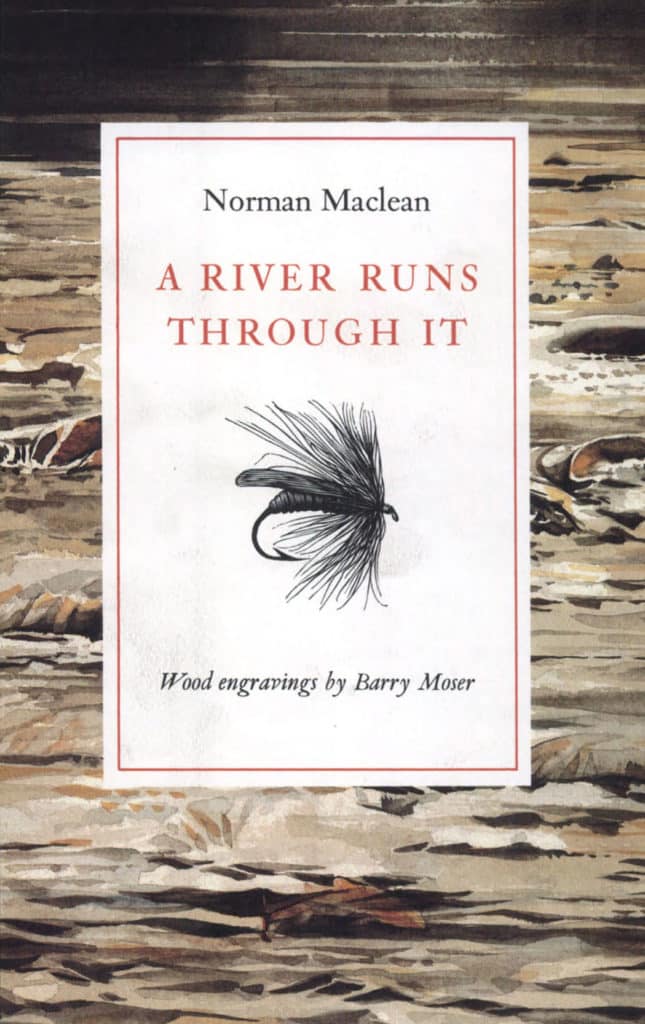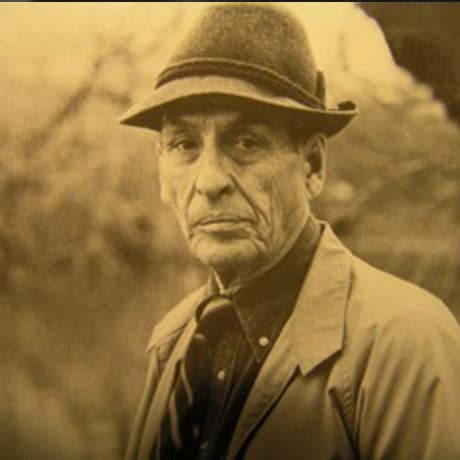A River Runs Through It: Black Jack’s Bar (Wolf Creek)
Black Jack’s was a freight car taken off its wheels and set on gravel at the other end of the bridge crossing the Little Prickly Pear. On the side of the box car was the sign of the Great Northern Railroad, a mountain goat gazing through a white beard on a world painted red. This is the only goat that ever saw the bottom of his world constantly occupied by a bottle of bar whisky labeled “3-7-77,” the number the Vigilantes pinned on the road agents they hanged in order to represent probably the dimensions of a grave. (30)
Maclean, Norman. A River Runs Through It and Other Stories (Twenty-Fifth Anniversary Edition). Chicago: University of Chicago Press, 1976.



